Fall risk is of course, a great concern in aging adults. One topic of research is the concentration on factors associated with high risk of failling in post-menopausal women. In this article we will discuss risks and possible strategies for combating this risk.
The main risk factors for falls in postmenopausal women were:
An October 2020 study (1) looked to identify fall risk factors postmenopausal women and provide evidence for the primary prevention of these falls. The findings:
The main risk factors for falls in postmenopausal women were:
Age; body weight; Body Mass Index; Exercise or lack of exercise; “Fear of Falling,” as measured by the Falls Efficacy Scale International and medical risk factors (dietary calcium intake); previous fracture history; previous falls; number of diseases; and number of reported chronic health disorders:
Further, potential risk factors (age at the onset of menopause, years since last menstruation, hormone therapy and Bone Mineral Density need further clinical research to determine their beneficial or detrimental effects.
Treat age-related muscle loss with diet and exercise
A July 2020 study (2) made these observations on how to prevent falls.
“It is also strongly recommended to treat age-related muscle loss through the prescription of resistance-based physical activity, and conditionally recommended an adequate protein supplementation. Indeed,the role of a protein-rich diet and adequate use of dietary supplements in post-menopausal women and generally in older people has to be highlighted. A combination of physical exercise and amino acid supplementation might prevent or contrast muscle wasting in the elderly, as already shown by several studies.”
Here is composite profile of a woman at high risk for falling following menopause.
This profile comes from earlier research.(3) Here is the composite profile of a patient had higher risk for falls.
This woman is about 54 years old
She will suffer falls mostly in her own home.
Falls will occur within 3.5 years of the onset of menopause.
She has a one in six chance of fracturing a bone
What are the risks and factors that make post-menopausal women prone to falls? The research is not very clear other than many things can cause it and a lot of studies have failed to recognize a specific influence.(4)
More Risks Factors – Poor General Health
Doctors have identified ischemic heart disease, COPD, dementia, depression, diabetes, heart failure, osteoporosis, Parkinson’s disease and stroke as major risk factors for falling and fracture risks. In a recent medical paper, researchers found that heart failure is associated with a 30 percent increase in major fractures and also identifies a high-risk population that may benefit from increased screening and treatment for osteoporosis.
Osteoarthritis and falling
While some research debates Bone Mineral Density and other factors, some research (5) seems to point to the obvious, Osteoarthritis. Postmenopausal women with osteoarthritis have a 20% increased risk of fracture and experience 25% more falls than those without osteoarthritis.
The effects of hormone therapy
A study in the medical journal Menopause (6) examined the effects of hormone therapy on postural balance in postmenopausal women and its association with risk of falls. In this study postmenopausal women aged 45 to 75 years were included and divided into two groups: Those on hormonal therapy and those not on hormonal therapy. Because this study wanted to focus on the role of hormone therapy on alleviating balance disorders and fall risk, women who suffered from balance disorders secondary to a disease progression were excluded. This included women who were those at risk for falls from neurological or musculoskeletal disorders, vestibulopathies (inner ear disorder), uncorrected visual deficit, or drug use that balance.
The researchers concluded: Postmenopausal women using hormone therapy showed lower frequency of falls and a better performance in stabilizing factors than did nonusers.
At the Magaziner Center for Wellness
Since family history is a risk factor for osteoporosis and heart disease, at the Magaziner Center for Wellness, we use genomic testing to gauge a genetic predisposition to bone loss and, where one is identified, treat the predisposition using nutritional supplements customized for a patient’s individual needs.
We look closely at each patient’s diet and lifestyle and work with her/him to make any necessary modifications for both heart disease and osteoporosis. For instance, if we see that a patient is consuming too much red meat and or sugar, we help her/him move toward a plant-based eating plan; if we see excessive smoking and alcohol use, we work to identify healthy strategies for stress relief.
We have found that many with osteoporosis have insulin resistance. As a result, we do a thorough evaluation regarding lipid balance, and insulin and glucose metabolism and treat these areas accordingly.
Additionally, we assess for appropriate digestion and assimilation to be sure that a patient can properly break down and utilize the nutrients in their food as well as other testing based on the individual needs of the patient.
At the Magaziner Center for Wellness, we provide a comprehensive arthritis program aimed at both reducing pain and restoring function. It includes nutritional supplements prescribed to support joint function and individual dietary and lifestyle recommendations made by our physicians.
Does Low Estrogen Cause Chronic Joint Pain in Post-Menopausal Women?
Menopause Hormone Therapy May Prevent Bone Loss
References
1 Zhao J, Liang G, Huang H, Zeng L, Yang W, Pan J, Liu J. Identification of risk factors for falls in postmenopausal women: a systematic review and meta-analysis. Osteoporos Int. 2020 Oct;31(10):1895-1904. doi: 10.1007/s00198-020-05508-8. Epub 2020 Jun 26. PMID: 32591972; PMCID: PMC7497515.
2 Iolascon G, de Sire A, Calafiore D, Benedetti MG, Cisari C, Mauro GL, Migliaccio S, Nuti R, Resmini G, Gonnelli S, Moretti A. Multifactorial assessment of risk of falling in 753 post-menopausal women: a multicenter cross-sectional study by the Italian group for the study of metabolic bone diseases. Clinical interventions in aging. 2020;15:1077.
3. Nahas EA, Omodei MS, Cangussu LM, Nahas-Neto J. Evaluation of risk factors of falls in early postmenopausal women. Rev Bras Ginecol Obstet. 2013 Nov;35(11):490-6.
4. Cangussu LM, Nahas-Neto J, Nahas EAP, et al. Evaluation of postural balance in postmenopausal women and its relationship with bone mineral density- a cross sectional study. BMC Musculoskeletal Disorders 2012, 13:2 doi:10.1186/1471-2474-13-2
5 Barral AB, Nahas EA, Nahas-Neto J, Cangussu LM, de Araujo Buttros D. Effect of hormone therapy on postural balance in postmenopausal women. Menopause. 2012 Jul 1;19(7):768-75.
6 Prieto-Alhambra D, Nogues X, Javaid MK, Wyman A,et al. An increased rate of falling leads to a rise in fracture risk in postmenopausal women with self-reported osteoarthritis: a prospective multinational cohort study (GLOW). Ann Rheum Dis. 2012 Jun 23.



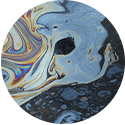
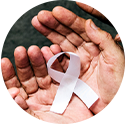

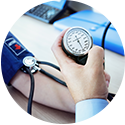
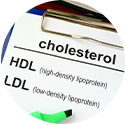

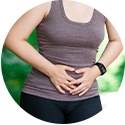



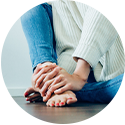

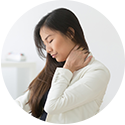








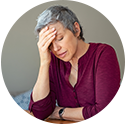


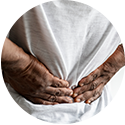



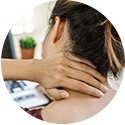




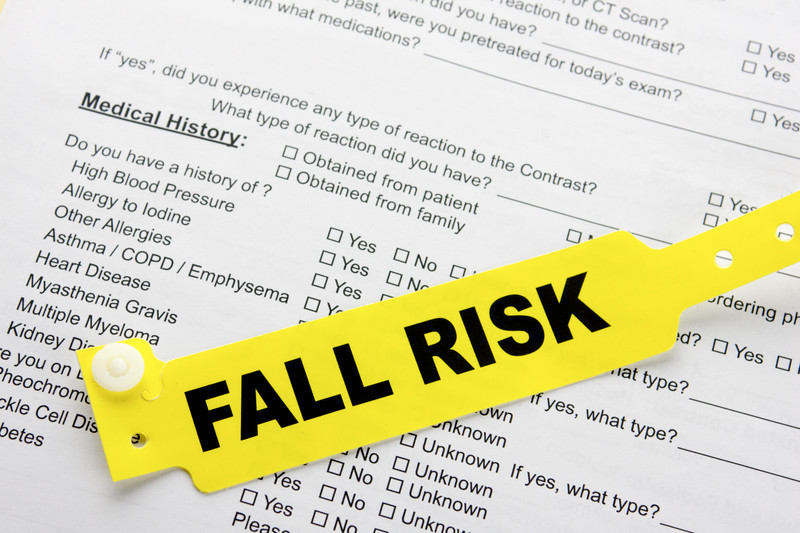
Recent Comments